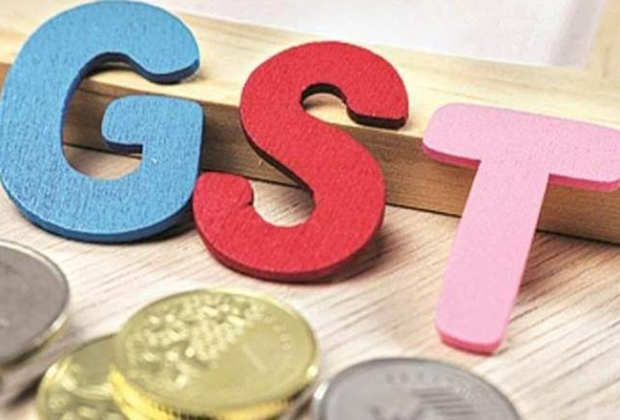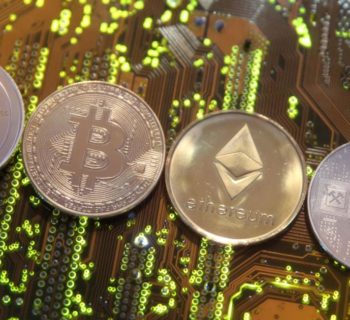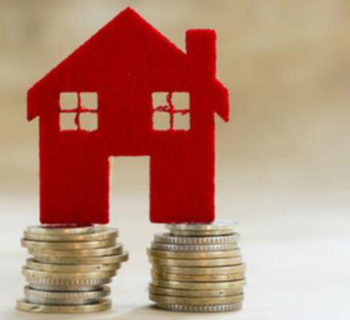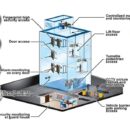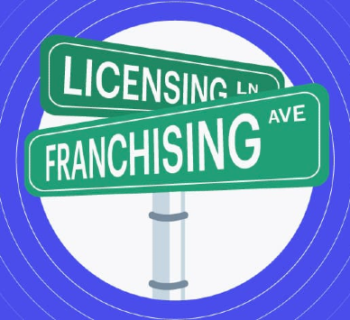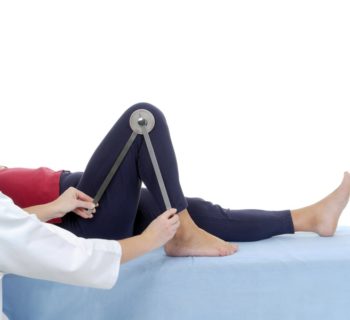GST was introduced and implemented in India by a parliamentary act, on 29 March 2017. The purpose of re-engineering an archaic tax system was to bring in robust reforms in taxation on a national scale- one nation, one tax.
After the launch of GST, the rates were modified several times. According to gst wikipedia, the latest revision happened on 22 December 2018, where a composite panel comprising of federal and state finance ministers decided to revise GST rates on 28 goods and 53 services.
The GST Tax Structure
The previous tax system was a lot more complicated than it might seem. In the pre-GST era, there were a total of seventeen slabs and various tax rates that were collected across different states. As such, a cascading tax effect was created.
The new GST taxation policy allowed the end of complex and excessive processes during tax collection. It outlines a 4-tier tax structure for all goods and services under the slabs 5%, 12%, 18%, and 28% along with those that do not attract tax anymore.
Let's take a look at slab-wise GST differentiators between goods and services.
0% GST
Goods
Henceforth, no taxes will be levied on bare necessities. This includes the following:
Sanitary napkins, deities carved out/sculpted out of stone or wood, rakhis without any precious metals, raw material used in the manufacture of brooms, fortified milk, fruits, vegetables, salt, eggs, bread, natural honey, curd, besan, flour, bindi, sindoor, bangles, handloom, stamps, printed books, judicial papers, newspapers, etc.
Services
All hotels and lodges where the room tariff is below ₹ 1,000 are exempted from tax under GST. The list also includes bank charges on a savings account.
5% GST
Goods
Skimmed milk powder, coffee, tea, spices, frozen vegetables, sliced dry mango, unbranded namkeen, cashew nuts, pizza bread, coal, fertilizers, agarbatti, kerosene, ayurvedic medicines, insulin, lifeboats, hand-woven carpets, and other handmade textile floor coverings, handmade braids and ornamental trimming in the piece, etc.
Services
Small restaurants, standalone AC and non-AC restaurants, restaurants that serve liquor, takeaway food joints, restaurants in hotels where the room tariff is less than ₹ 7,500, special flights for pilgrims travelling economy class, etc.
12% GST
Goods
Frozen meat products, sausages, butter, cheese, ghee, namkeen, pickles, fruit juices, instant food mix, tooth powder, medicine, umbrella, handbags including pouches and purses, jewellery box, cell phones, sewing machine, man-made yarn, wooden frames for painting and photographs, mirrors, ornamental framed mirrors, etc.
Services
The services under this tax slab include business-class air tickets, movie tickets that are priced under ₹100, etc.
18% GST
Goods
Most of the items are part of this tax slab bracket:
- Edible Products and Beverages: Flavoured refined sugar, pastries, cakes, pasta, cornflakes, chocolate, preserved vegetables, ice cream, sauces, mineral water, soups, cocoa butter, fat, fruits, chewing gum, etc.
- Grooming and Hair Styling Products: Hair shavers, hair curlers, hairdryers, perfumes, hair shampoo, facial make-up products, after-shave items, deodorants, razor blades for shaving.
- Other Products/Gadgets: Monitors and television screens, video games, physical exercise equipment, power banks for lithium-ion batteries, electrical boards, panels, wires, suitcase, briefcase, cartridges, multi-functional printers, etc.
Services
Restaurants located inside hotels with a room tariff of ₹ 7,500 and above, outdoor catering, movie tickets with a price band above ₹100, the actual bill of hotel stay below ₹ 7,500, IT and Telecom services, financial services, etc.
28% GST
Goods
Over 200 goods are taxed at 28% GST viz., sunscreen lotions, hair clippers, paint, pan masala, dishwasher, weighing machine, automobiles, cement, vacuum cleaner, motorcycles, etc.
Services
As noted above, star hotels whose actual room tariff hotel is above ₹ 7,500, horse race betting, clubs, movie tickets, casinos, etc. will fall under this tax slab.
Conclusion
SGST, CGST, and IGST have subsumed 17 indirect taxes within the country w.e.f April 2017.
GST would affect all stakeholders, including industries, government and citizens. Understanding taxation is the responsibility of every citizen because it helps one to understand how much they are paying for goods and services under the new tax regime.
While it is propagated that it is ultimately the common man who would be at an advantage due to the GST; the new tax regime will also impact various sectors and people in different ways.
The gstportal is accessible to the tax authorities for tracking down every transaction, while taxpayers have the ability to connect for their tax returns.


